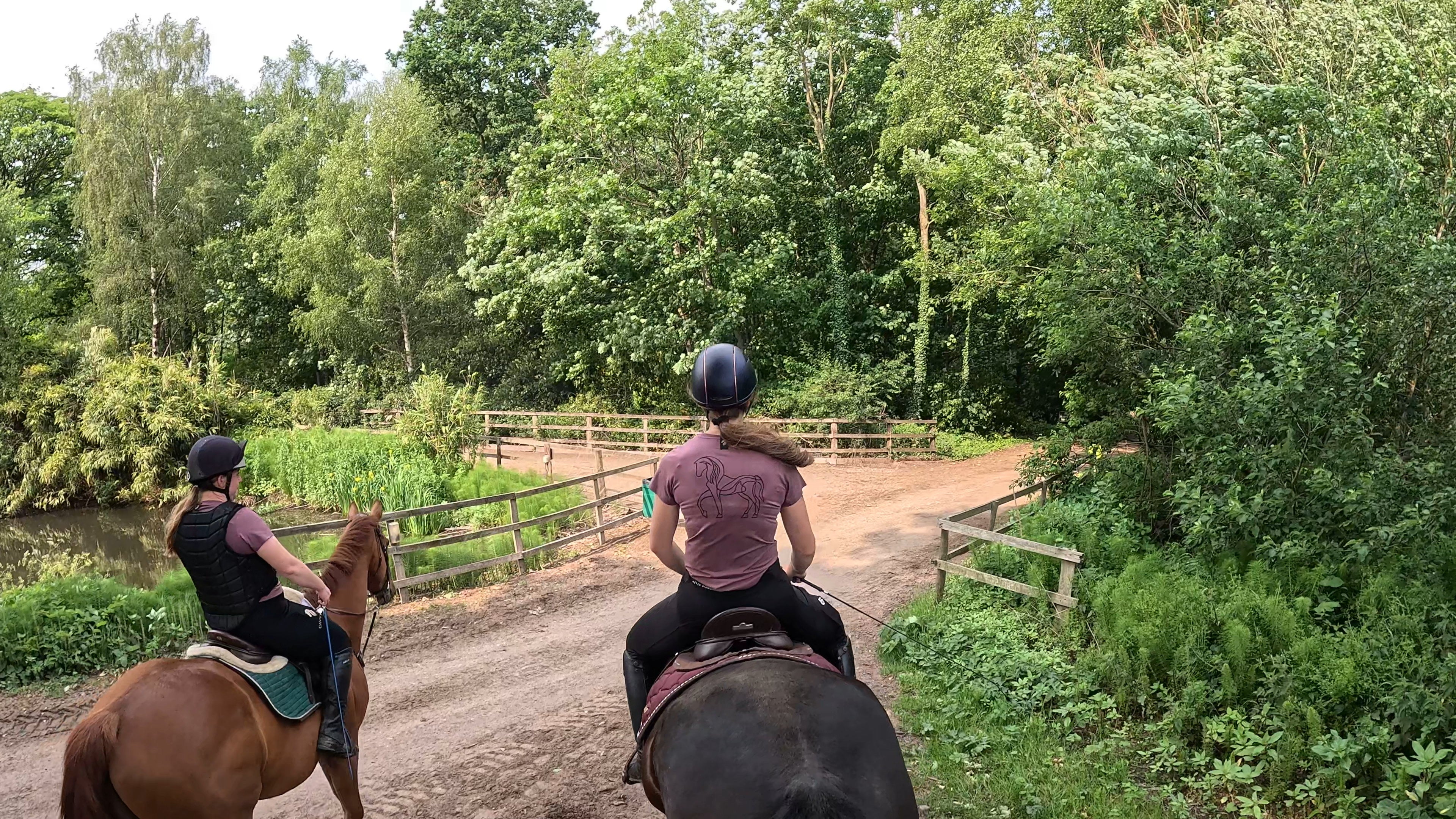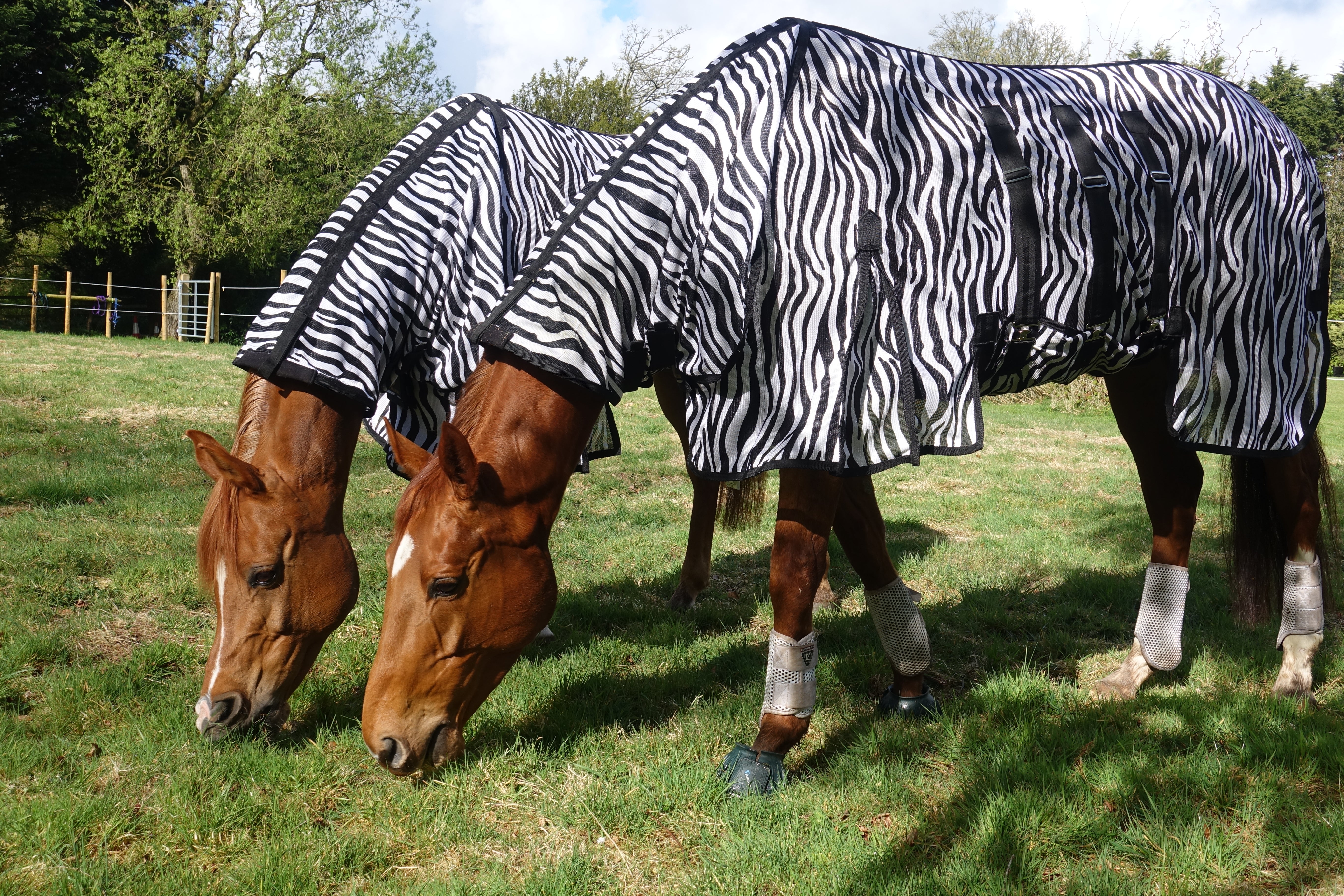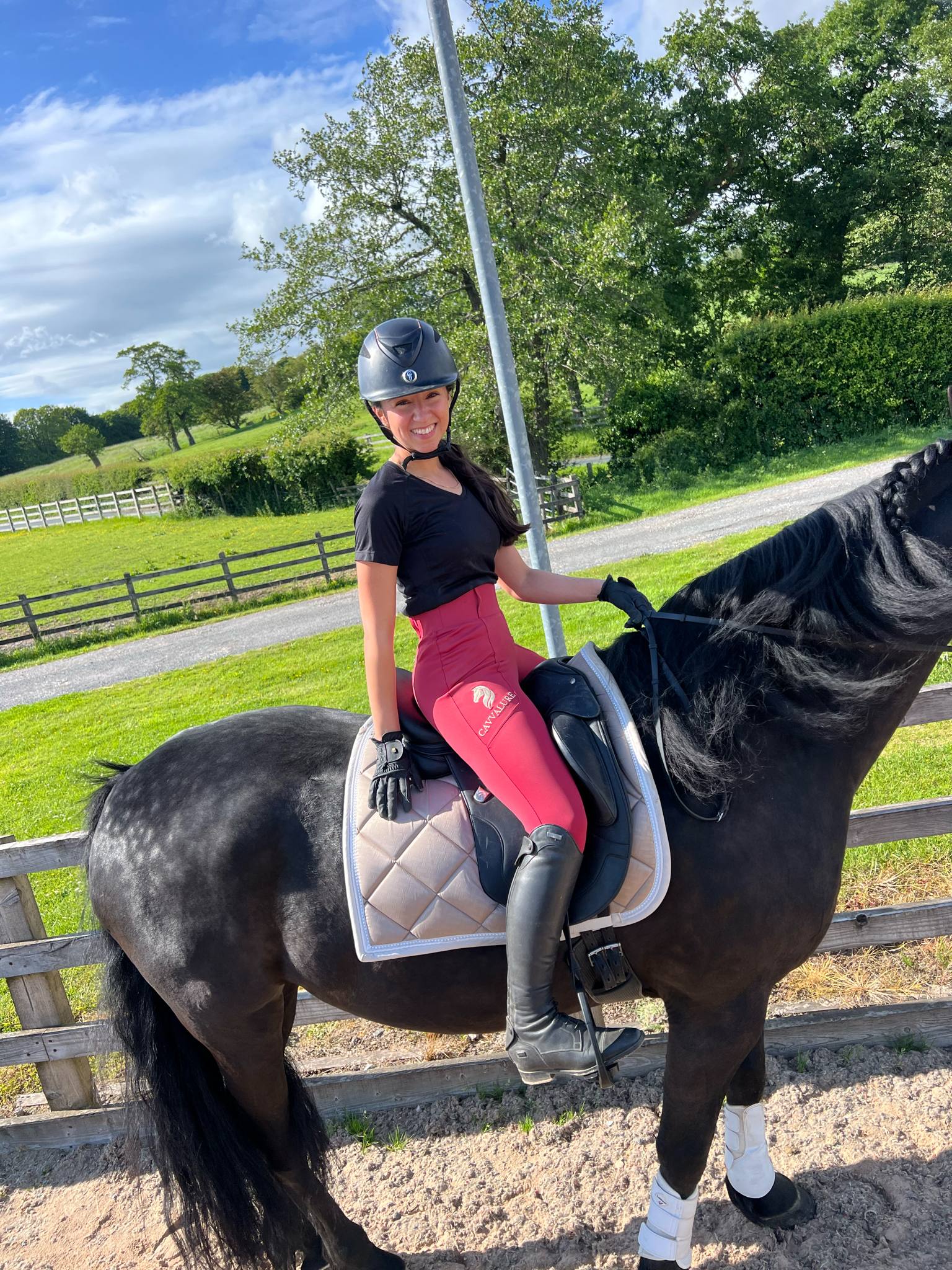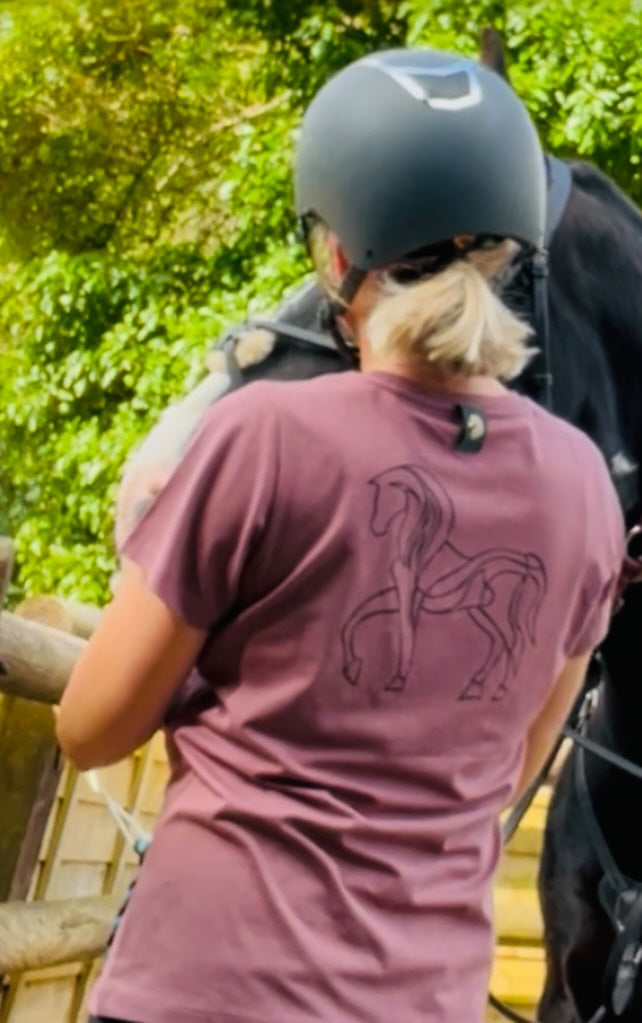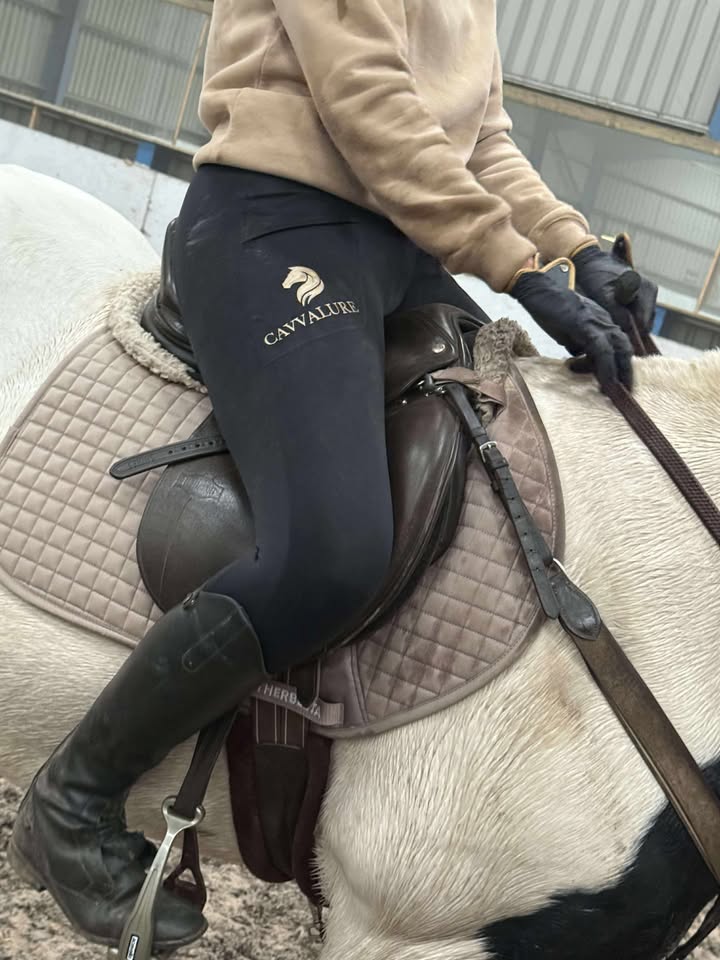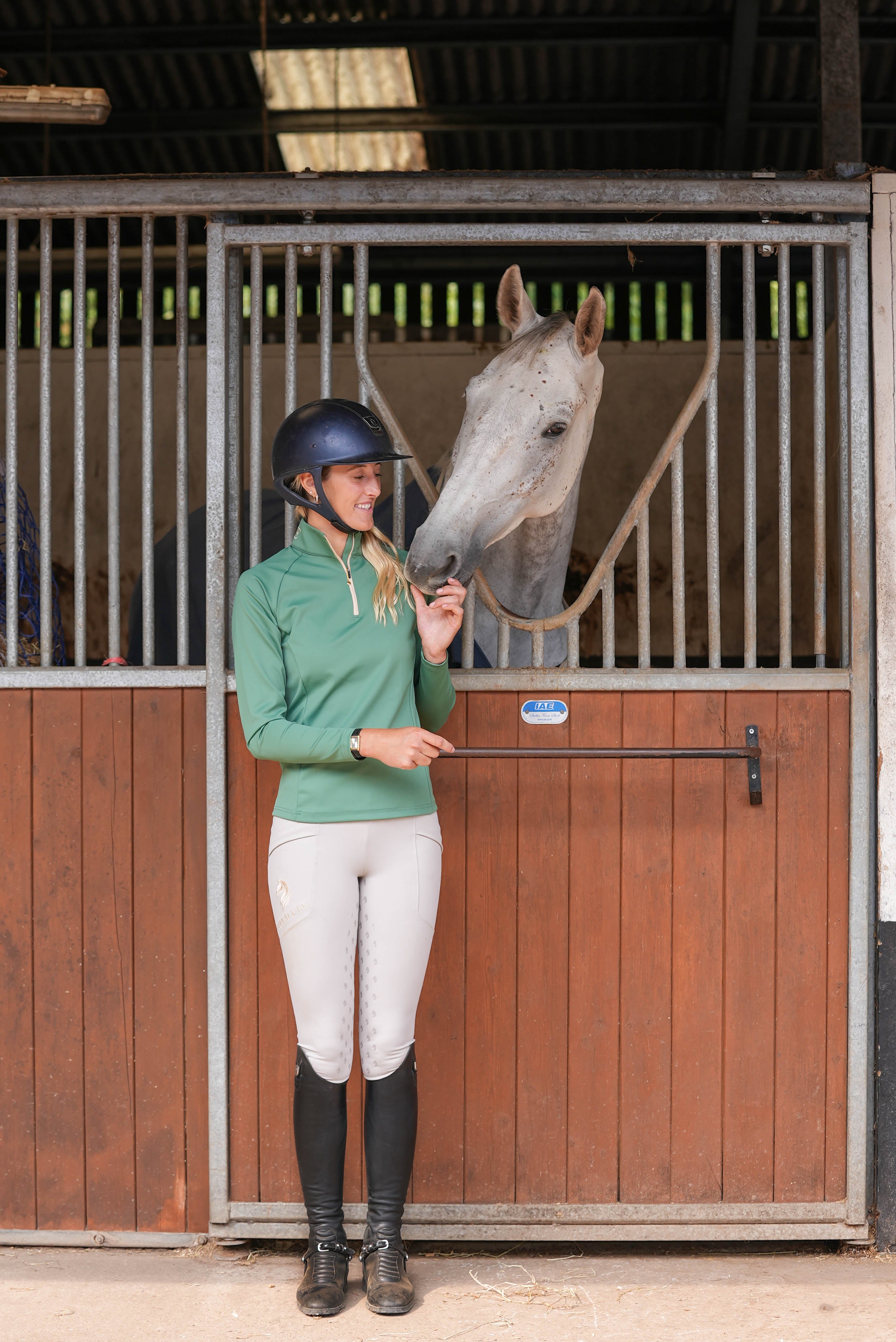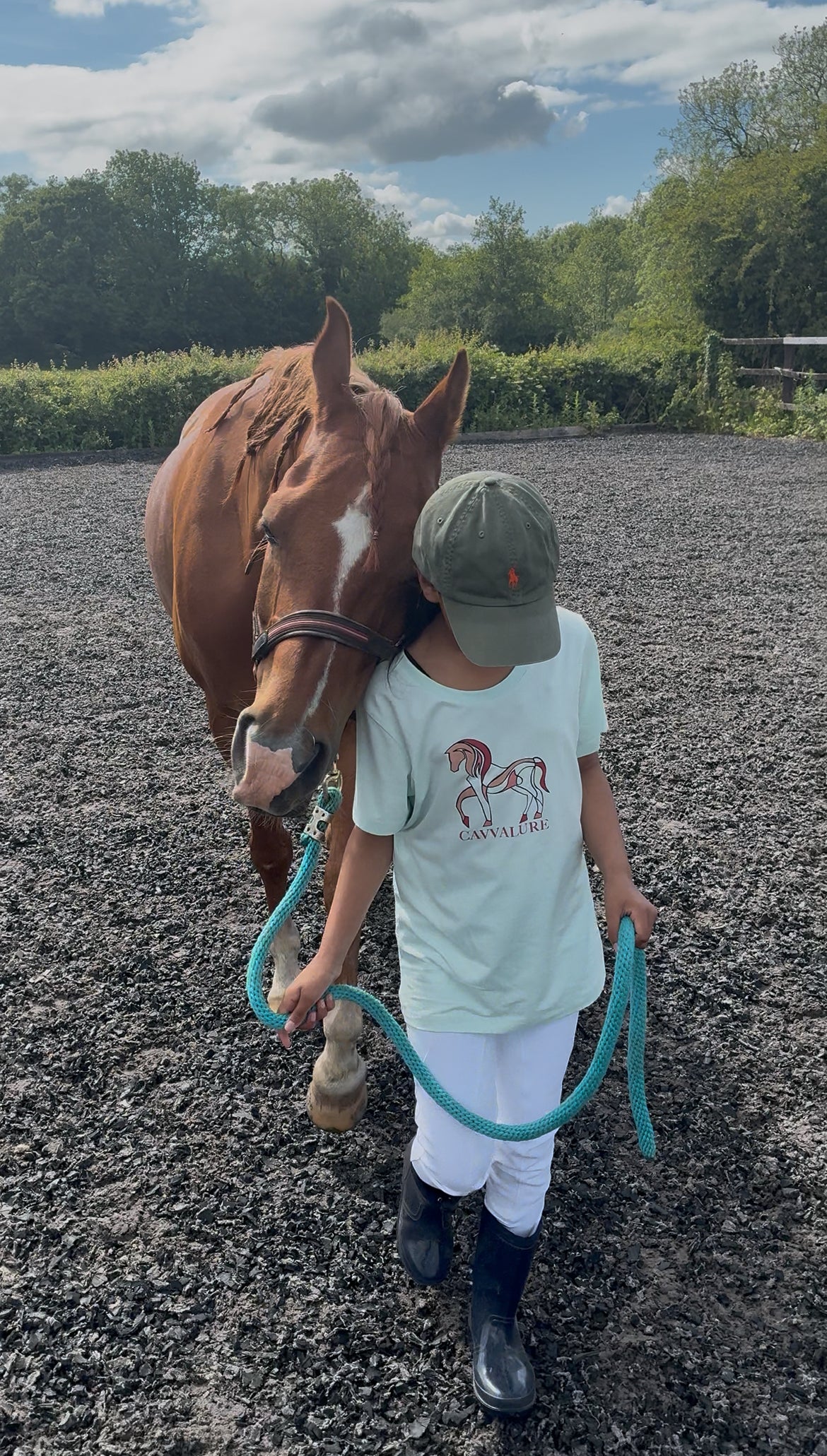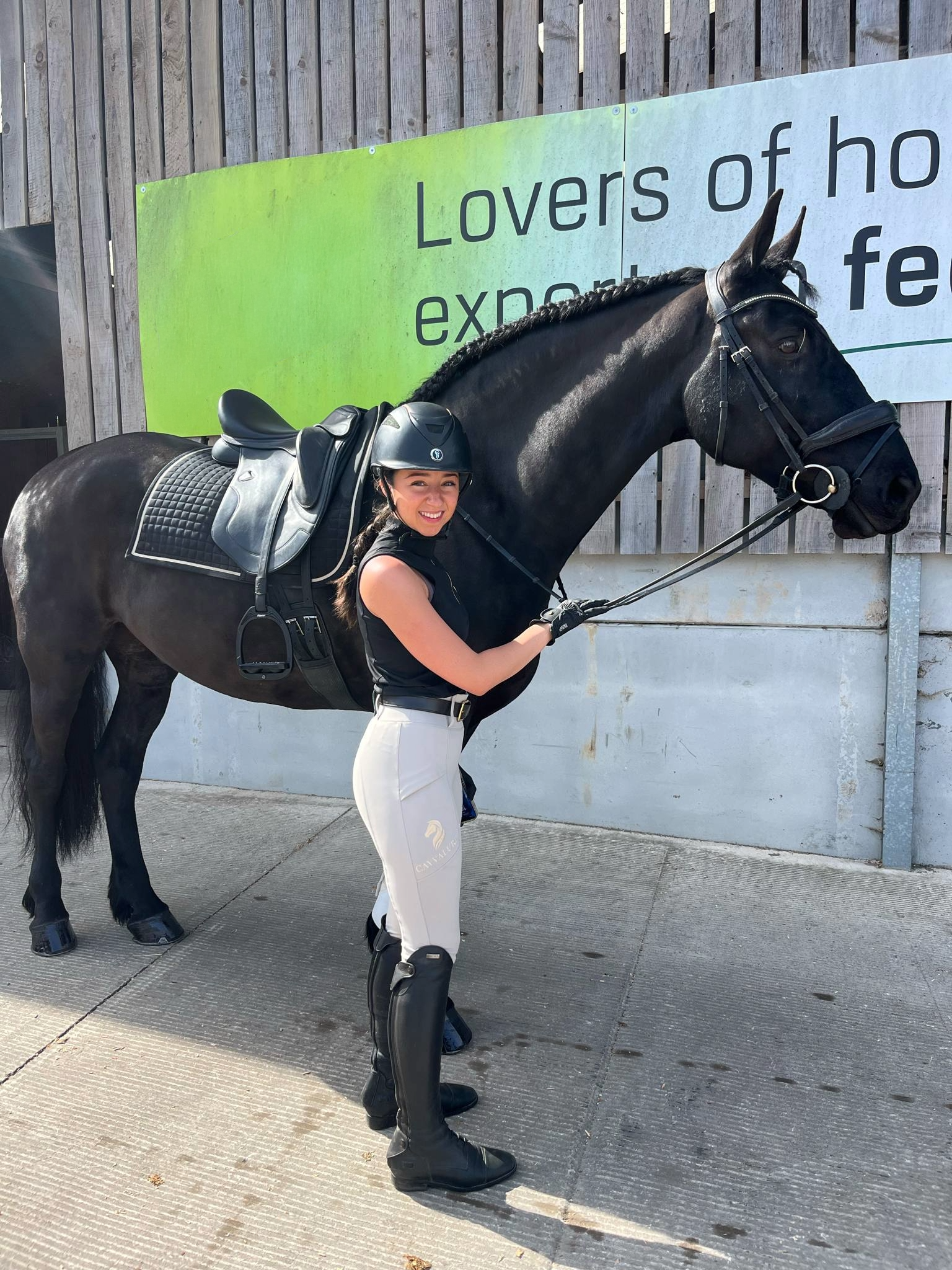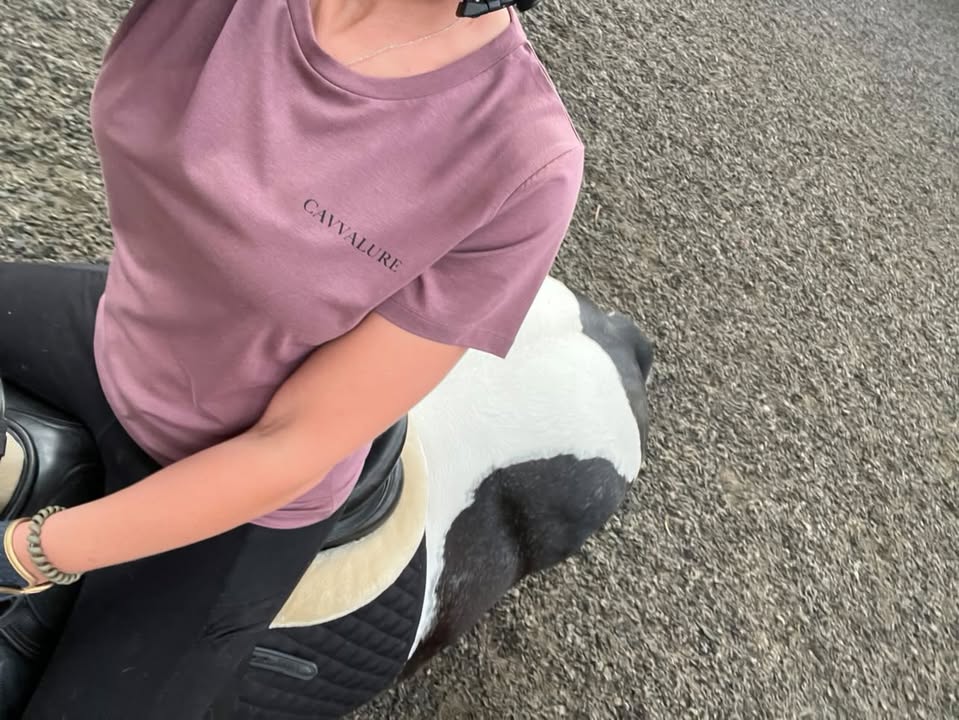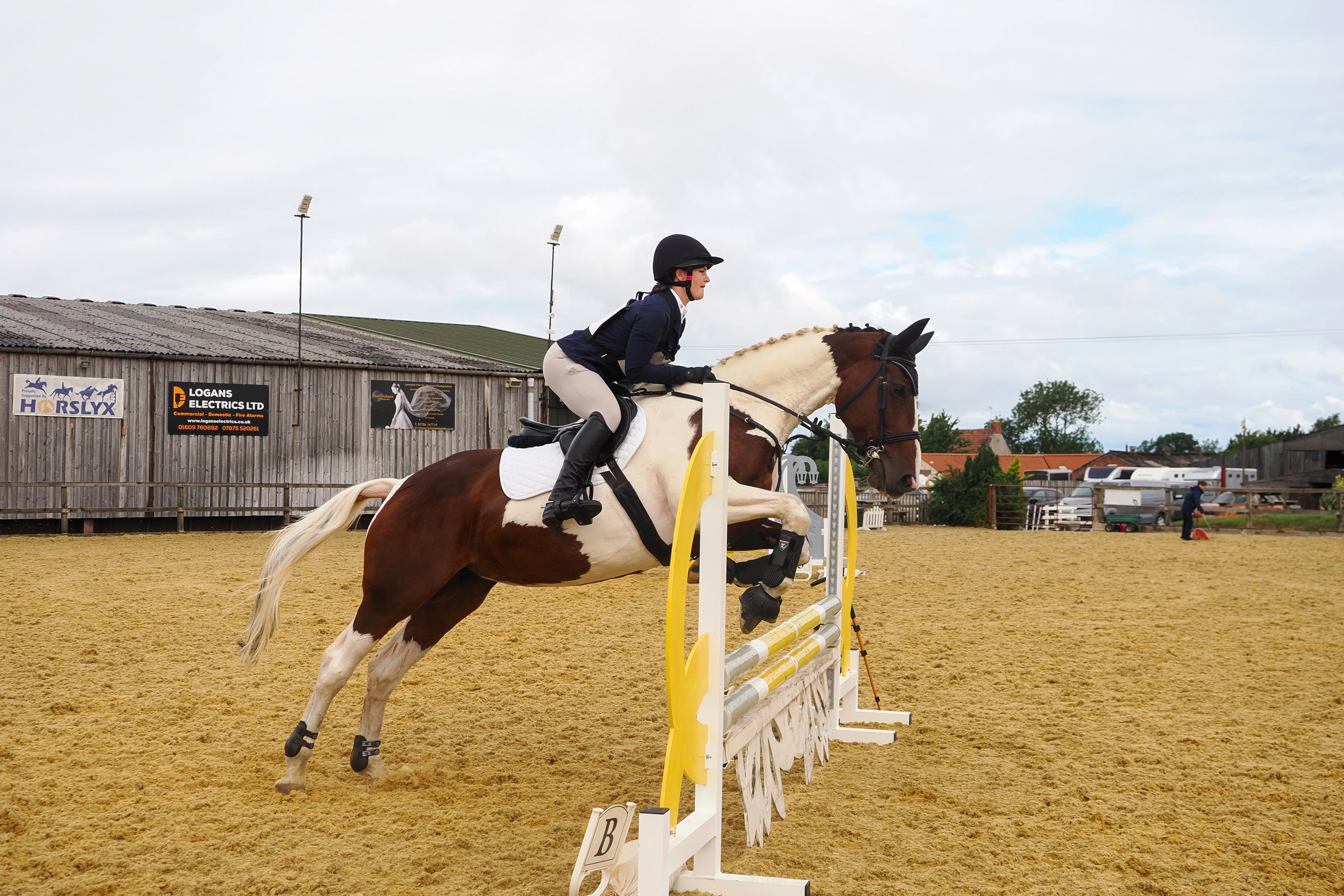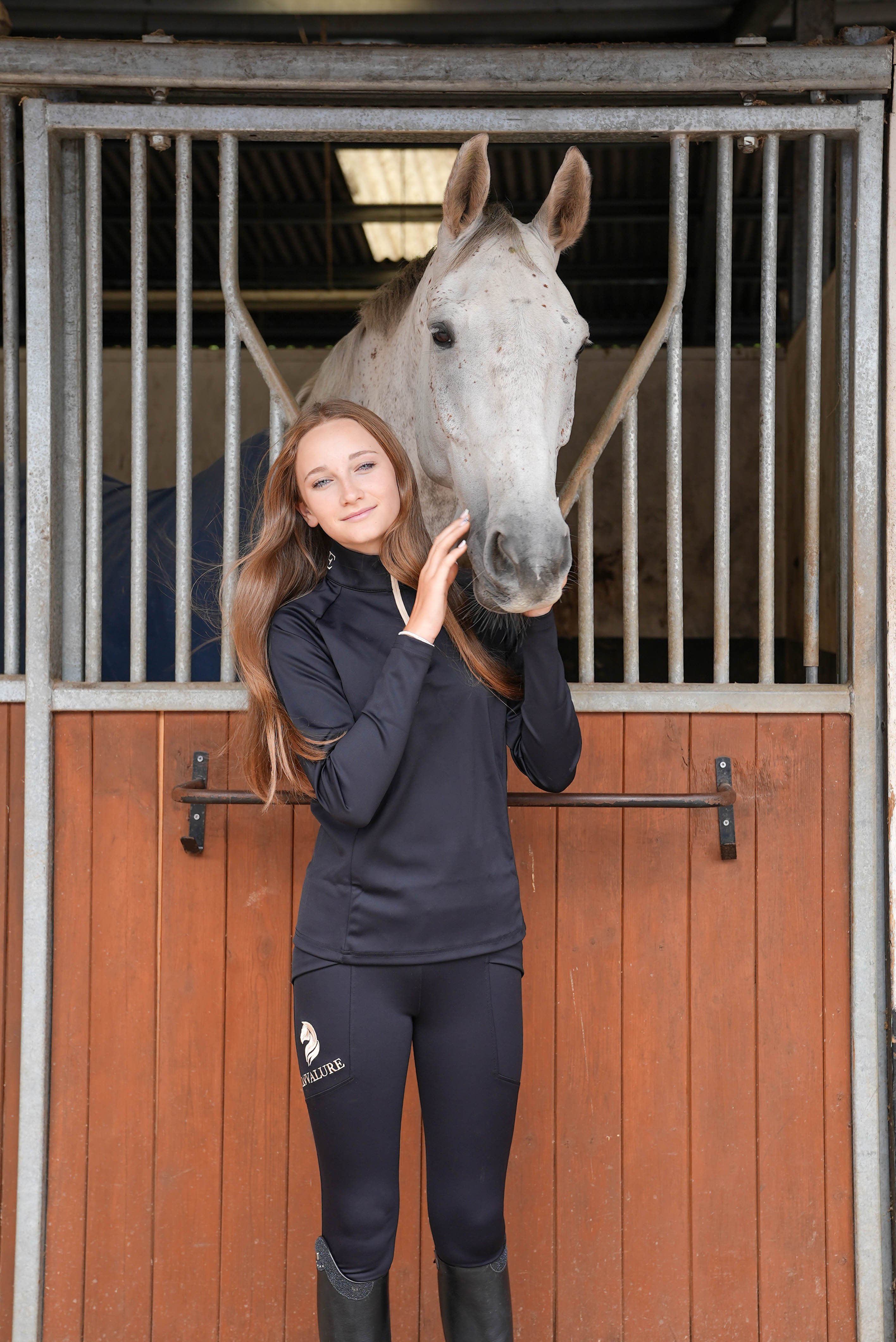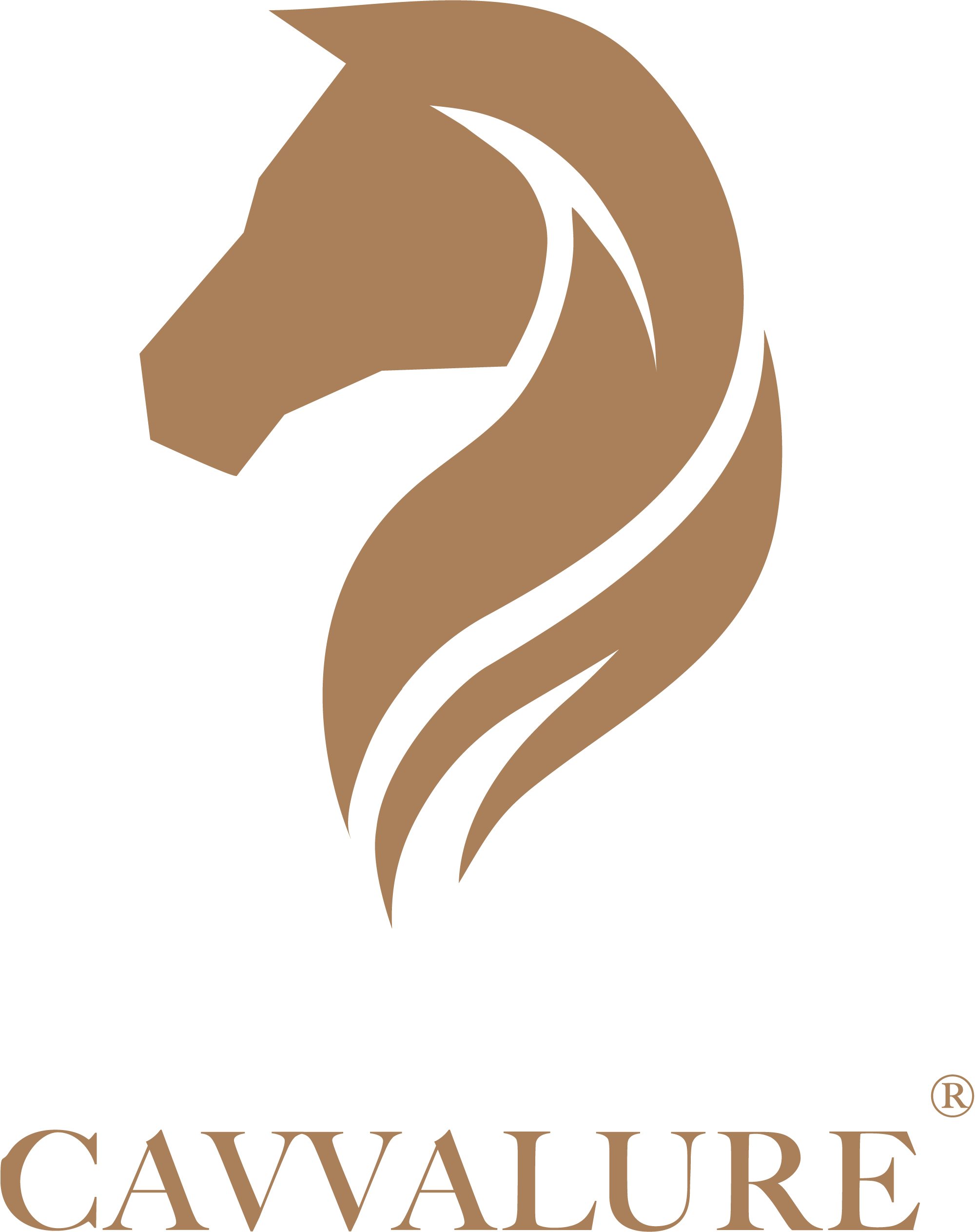Laminitis is a word that strikes fear into every horse owner’s heart — and for good reason. This painful and potentially devastating condition affects the sensitive structures within a horse’s hoof, often leading to long-term lameness or even life-threatening complications if not managed quickly and correctly.
At Cavvalure, we believe that prevention is the best medicine. Understanding laminitis, its causes, and when it’s most likely to strike in the UK can help horse owners keep their horses healthy, happy, and sound all year round.
What is Laminitis?
Laminitis is the inflammation and weakening of the laminae — the soft tissues that bond the hoof wall to the pedal bone inside the hoof. When these tissues become inflamed or damaged, the pedal bone can rotate or sink, causing extreme pain and structural damage to the hoof.
While many associate laminitis primarily with overfeeding, it is actually a complex disease with multiple triggers, including:
-
Rich grass intake (high sugar levels)
-
Obesity
-
Metabolic disorders like Equine Metabolic Syndrome (EMS) or Cushing’s disease (PPID)
-
Overloading a limb due to injury in another
-
Stress and severe illness
Laminitis can range from mild discomfort to severe, life-altering damage. Prompt veterinary attention is essential at the first sign of trouble.
When is Laminitis Most Likely to Occur in the UK?
Laminitis can technically occur at any time of year, but in the UK, certain seasons pose a much higher risk:
Spring and Early Summer (March to June)
This is the peak season for laminitis. As temperatures rise and rainfall encourages rapid grass growth, pastures become rich in sugars (particularly fructans), which can trigger laminitic episodes, especially in horses prone to metabolic issues.
Key risk factors during spring:
-
Fresh, lush pasture growth
-
Cool nights followed by warm, sunny days (which leads to higher sugar levels in grass)
-
Horses allowed sudden, unrestricted grazing after winter
Autumn (September to November)
The second spike in laminitis cases often occurs in early autumn. As pastures regenerate after the heat of summer, similar conditions to spring arise, increasing grass sugar levels again.
Risk factors in autumn:
-
Second flush of grass growth
-
Horses often turned out longer after stable-kept summer periods
-
Cooler nights and sunny days
Other Year-Round Risks
-
Frosty mornings can trap sugars in grass, even in winter.
-
Horses with underlying health issues (like PPID) are at risk year-round and require careful management regardless of season.
How to Help Prevent Laminitis
Prevention is always preferable to cure when it comes to laminitis. Some key management strategies include:
-
Monitor grazing — use grazing muzzles, restricted turnout, or track systems during high-risk periods.
-
Maintain a healthy weight — overweight horses are significantly more at risk.
-
Regular hoof care — frequent farrier visits help spot early warning signs.
-
Be aware of health conditions — manage EMS or PPID appropriately with veterinary guidance.
-
Adjust turnout according to weather — particularly after frosty nights or rapid pasture growth.
Final Thoughts
Laminitis is a serious condition, but with careful management and awareness of the high-risk seasons in the UK, it’s possible to significantly reduce the danger to your horse. Staying vigilant, especially in spring and autumn, will help keep your horse sound, comfortable, and ready to enjoy every season to the fullest.
At Cavvalure, we’re passionate about helping riders and their horses thrive together — not just in the saddle, but in every aspect of horse care.
Stay informed, stay prepared, and enjoy every precious moment with your horse.


